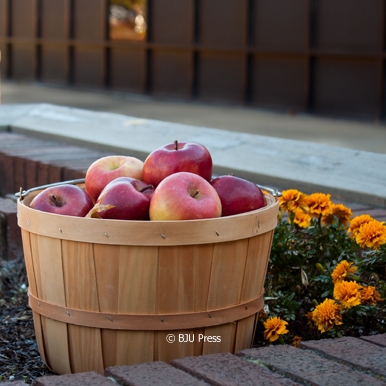
Endings are almost always bittersweet. As you wave goodbye to each precious life that sat in your classroom this year, you may feel a mix of elation and sadness. Before they go, give each child something that shows your care and appreciation. It doesn’t need to be dramatic, expensive, or even super-creative. A tiny, simple gift can have a huge impact on a little one’s heart.
1. Buckets of Fun
For younger students, stuff a small plastic bucket with some treats and treasures that they can enjoy over the summer. Items such as pencils and erasers, crayons, and sidewalk chalk invite students to keep writing, drawing, and expressing themselves during the summer months. Lollipops, sticks of gum, fruit snacks, or nut-free chocolates appeal to every child’s sweet tooth. To encourage math skills, drop in a few pennies as well. Top the bucket handle with a ribbon. Then, write a note to the student expressing your appreciation and telling him or her to check with a parent before using the items in the bucket.
2. Game Time
Give your elementary students a reason to step away from video games, tablets, and computers this summer. Pick up inexpensive card games or board games for them, or purchase sets of small tennis-style rackets and balls. Inject a little extra fun and encourage outdoor play by offering each student a water gun as an end-of-year gift. Many of these items are inexpensive and available at your local dollar store.
3. A Thankful Heart
To thank the parents who have volunteered in your classroom or lent their brainpower to help with homework, have each student draw a picture or write a few sentences about the many ways that parents help children. Scan those pictures and messages, copy them, and assemble them into simple memory books that the children can take home to Mom and Dad.
4. Write Back at You!
If you want to stay in touch with your students, give each one a beautiful postcard, already stamped and addressed to you. Tell your students that if they write on that postcard and send it to you over the summer, you’ll send them a letter. The idea of getting their own mail should spur at least a few of them to exercise their postcard-writing skills.
5. The Reading Cycle
Summer reading shouldn’t be a chore─it should be an adventure. Pick up some pre-loved fiction books from your favorite used book shop and hand them out to your students. Keep the books high on fun and short on the page count. At the end of each book, tape a brand-new bookmark, along with a note that says, “For your next reading adventure.”
Use your imagination as you think about end-of-year gifts for your students. Whether it’s slapping a “You’re a Smart Cookie” label on a pack of mini OREO® Cookies or handing out pocket-size bottles of scented hand sanitizer, your students will love the gesture. Children can never have too many people to care about them. Let your students know that you will stand behind them, cheering them on through the summer and beyond.
OREO is a registered trademark of Mondelēz International group.
What end of the year gifts do you give your students?
• • • • •
Rebecca is a work-at-home freelance writer, novelist, wife, and the mom of two bright-eyed little ones. She credits her success in writing and her love of books to her own mom, who homeschooled three kids from pre-K through high school.
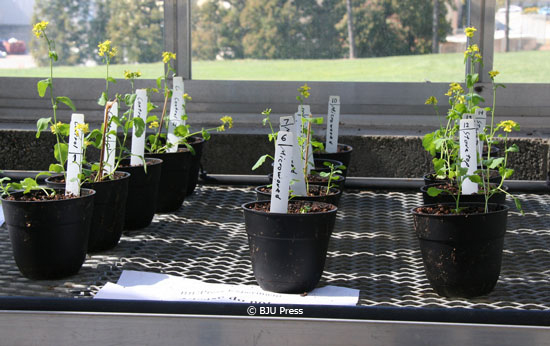
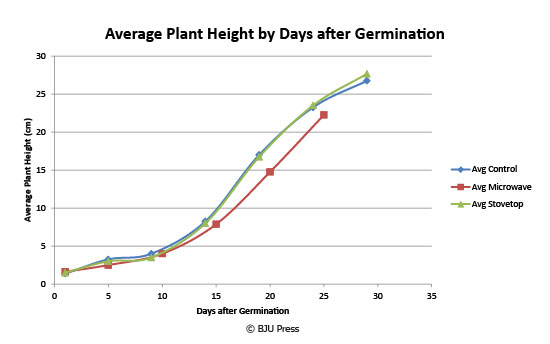
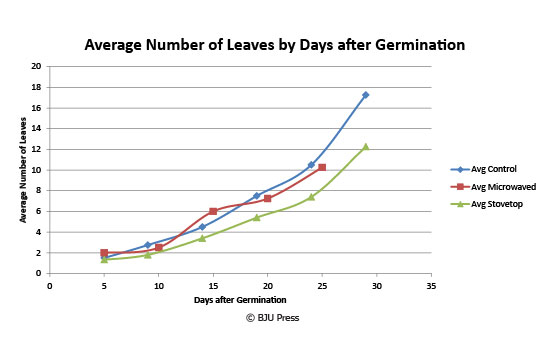
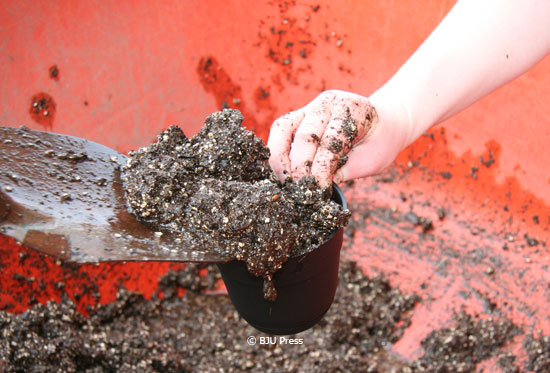
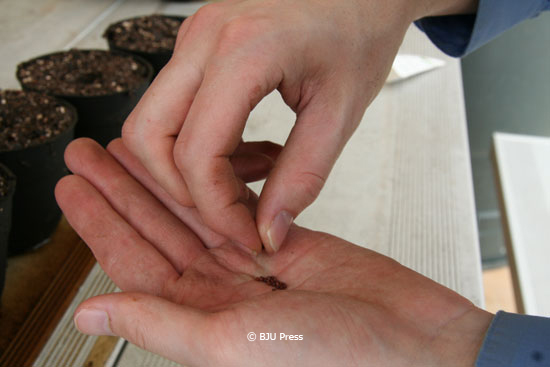
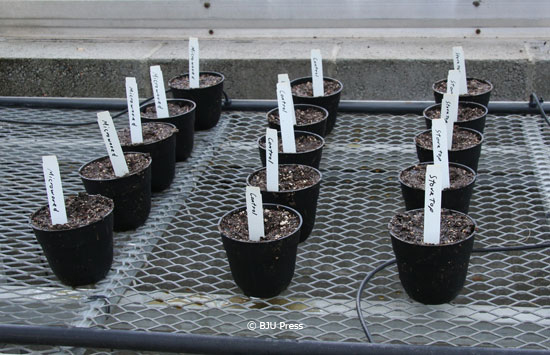
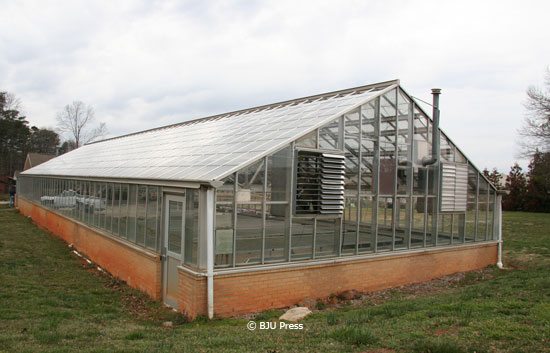
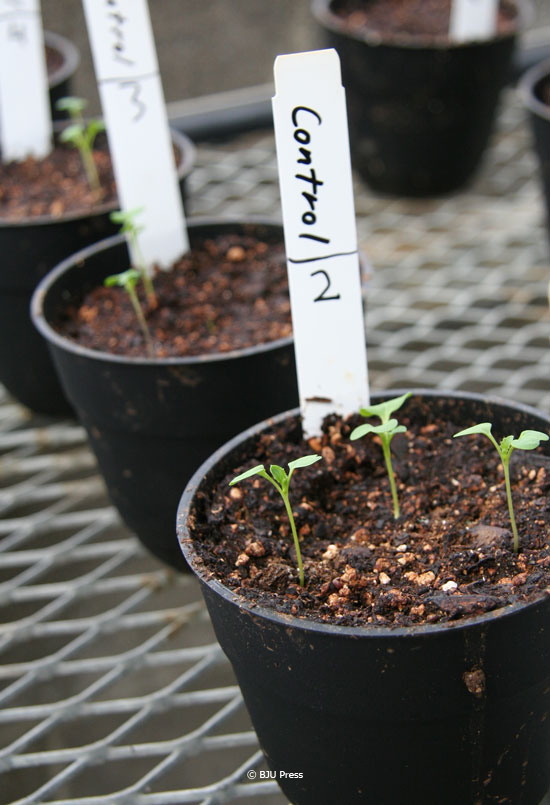
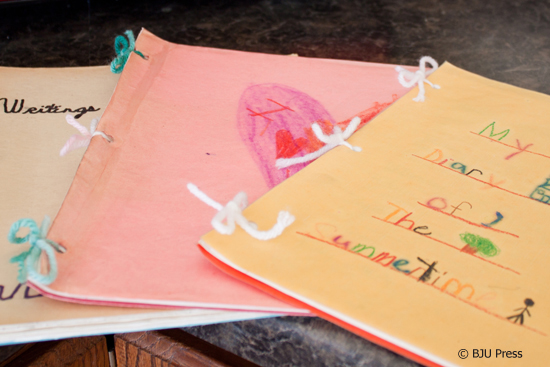 My teacher friend Mary Beth invited me to come visit her kindergarten classroom. She had been reading aloud one the children’s books I wrote, and her students were ready for the last two chapters. “We thought it would be neat if you could come and finish the book for us,” she said. “My students would enjoy meeting a real live author.”
My teacher friend Mary Beth invited me to come visit her kindergarten classroom. She had been reading aloud one the children’s books I wrote, and her students were ready for the last two chapters. “We thought it would be neat if you could come and finish the book for us,” she said. “My students would enjoy meeting a real live author.”